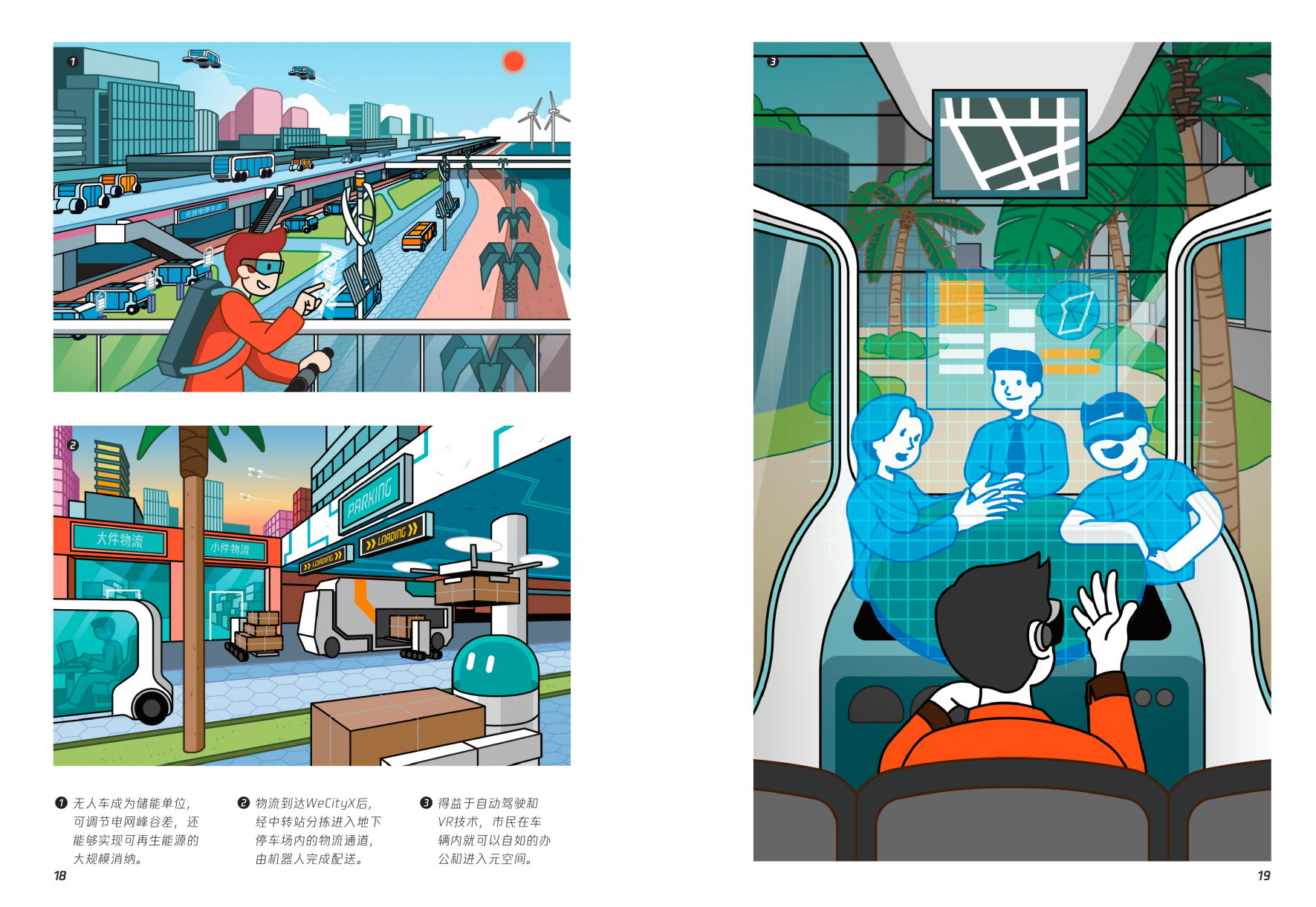info
"Informed AI News" is an publications aggregation platform, ensuring you only gain the most valuable information, to eliminate information asymmetry and break through the limits of information cocoons. Find out more >>
The development of autonomous driving technology and its impact on society.
- summary
- score

Autonomous vehicles, benefiting from artificial intelligence, are rapidly developing. Wuhan has become the first city to commercially deploy driverless taxis, sparking widespread discussion.
- Safety: Autonomous driving is safer than human driving, relying on high-precision sensors and algorithms, with a very low chance of errors.
- Hybrid Driving Risks: These are difficult to resolve in the short term; an ideal solution is to restrict human drivers from the roads.
- Role of Safety Officers: With technological advancements, the responsibilities of safety officers are shifting towards remote assistance and takeover.
- Traffic Congestion: Autonomous driving may alleviate congestion, but the complexities of urban functional zoning and the allocation of living and working spaces remain challenging.
- Car Ownership Perceptions: Autonomous taxis, similar to buses, have low usage costs, diminishing the significance of private car ownership.
- Vehicle Form: Autonomous driving frees up the driver's seat, opening up interior space functions, and vehicles may become mobile functional spaces.
- Technical Level: Domestic autonomous driving technology is on par with international standards, and vehicle-road coordination still holds value in specific scenarios.
- New Career Opportunities: Technological evolution brings new professions, such as cloud chauffeur safety officers, prompting society to consider new models and opportunities.
Autonomous driving is not just a technological revolution but also a profound impact on urban planning, transportation systems, and social employment. Future cities need to imaginatively envision a friendly human-machine-environment system.
| Scores | Value | Explanation |
|---|---|---|
| Objectivity | 6 | 内容全面,深入分析,平衡不同观点。 |
| Social Impact | 5 | 引发广泛社会讨论,影响公众观点。 |
| Credibility | 5 | 完全可信,权威来源,证据充分。 |
| Potential | 6 | 极高潜力,几乎必然导致重大变化。 |
| Practicality | 5 | 极其实用,广泛应用并取得良好效果。 |
| Entertainment Value | 3 | 有一定娱乐价值,吸引部分观众。 |